Anima Mundi, Beauty News
Helichrysum: The ‘Fountain of Youth’ with Psychological and Spiritual Advantages
The plant realm is full of many mysteries and surprises – and some of the most effective remedies are found in common weeds.
The earth, in its wisdom and empathy, offers a plethora of remedies to life’s inevitable pain and suffering. Helichrysum, an aromatic herb, is so modest and unassuming that it could be easily missed, yet it possesses extraordinary healing abilities that distinguish it among the wide array of natural medicines. This botanical ambassador delivers compassion through its aromatic essence.
Helichrysum, derived from the Greek words Helios—symbolizing the Sun—and chrysos, meaning golden, is a plant whose flowers endure throughout the winter. Hence, it is also known as “immortelle”. This common but incredibly beneficial plant thrives in many regions worldwide, favoring open, sunlit hillsides. Among the approximately 600 species of helichrysum, many are cultivated as garden ornamentals. Despite its unassuming appearance, immortelle offers one of the most potent, safe, effective, and versatile therapeutic oils.
Some cultivators, harvesters, and distillers of Corsican immortelle report a profound spiritual connection with the plant. While not unique to helichrysum in the distillation world, the plant’s characteristics as described by these individuals are fascinating. Those who have conducted contemplative experimentation describe immortelle as a psychoactive oil that can stimulate healing dreams to resolve past traumas, leading to liberation from painful memories and the activation of greater potential for a fully creative life.
Harvesters also report experiencing a euphoric, dreamlike state while intimately working with the aromatic plant. These effects are specifically attributed to the essential oil from wild plants growing at higher altitudes, which seem to be more psychoactive than those plants growing at lower altitudes or in cultivation. These accounts of helichrysum echo those of other plants historically used in ceremonies and rituals for their psychotherapeutic benefits, such as jatamansi, palo santo, agarwood, and others. These plants have long been revered for their benevolent powers that dispel negativity and obstacles and attract blessings and good fortune.
Helichrysum is also excellent for alleviating stress and anxiety and reducing nervousness. It is soothing, with mood-elevating effects. Beyond its relaxing effects, helichrysum can induce euphoria, support mental and emotional clarity, provide peace of mind, and promote emotional balance. In some cases, when used in a diffuser, it can calm hyperactive children and enhance their mental concentration. Helichrysum cools anger and can play a supportive role in emotional wound healing.

Through its aromatic oils, helichrysum aids in easing the pain of trauma, reducing inflammation, accelerating wound healing, and soothing emotional disturbances. Likewise, helichrysum is a valuable ally for yoga practitioners, as it is one of the top remedies for treating injuries resulting from overzealous asana practice. When we consider how the simplest and most unassuming garden species offers a virtual pharmacy to alleviate suffering, we start to appreciate the nurturing compassion that proliferates throughout the plant kingdom.
Therapeutic Applications
Various species of helichrysum are used in traditional ethnobotanical medicine worldwide for a broad range of health issues. All parts of the plant, from the roots to the flowers, are used for symptoms ranging from headaches to heart disorders. References can be found to the use of Helichrysum italicum in ancient European herbology for pain and blood stagnation; in Corsica, shepherds used the plant as a poultice for their animals’ bone fractures.
Helichrysum has been found to contain several compounds with antibiotic, antiviral, and antifungal properties. This validates the traditional use of the plant, which is applied topically for skin infections. For those suffering from herpes outbreaks, research has confirmed that helichrysum has potent yet non-toxic antiviral properties.
Helichrysum oil is arguably the most crucial of all essential oils for athletes and those who engage in rigorous yoga. It is an exceptional wound-healing agent with notable bruise-resolving, pain-reducing, anti-inflammatory, anti-rheumatic, and anti-arthritic properties. These healing powers are believed to be produced by antioxidant compounds present in the leaves and flowers, substances currently under investigation for potential new drug products.
Here are some additional therapeutic uses of immortelle:
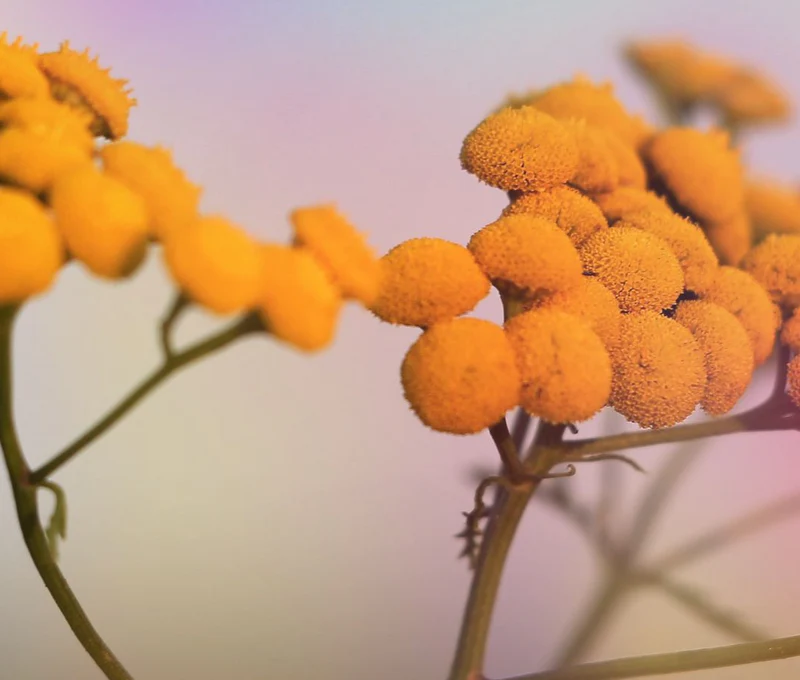
Cosmetic
Helichrysum oil is primarily used topically to aid skin healing. It is highly compatible with the skin and can be applied undiluted, but it is also very effective when diluted. It can be incorporated into skin creams, lotions, and ointments.
Helichrysum is unparalleled in its cosmetic and therapeutic ability to support cell regeneration and tissue healing. It is the preferred oil for skin beautifying and restorative serums, being potent, safe, and exceptionally effective. The oil is gentle on the skin and highly compatible with all skin types, promoting healthy, supple skin.
Helichrysum possesses excellent anti-inflammatory, cell regenerating, and tissue healing properties, which can be attributed to the same physiological activities that heal scars. As an antioxidant with collagen-boosting virtues, it is renowned for rejuvenating aging and wrinkled skin. It has purifying, cleansing, and antiseptic functions on the skin, and is attributed with hydrating and rejuvenating powers for cells of the stratum corneum.
A crucial component of cosmetic skincare formulations, regular use reduces broken capillaries, stretch marks, and age spots. Other skin conditions including burns, acne, skin allergies, dermatitis, eczema, rosacea, impetigo, inflammation, rashes, and warts may be improved by application of this oil.
Injuries
One of Helichrysum italicum’s most valuable and consistently cited benefits is for the treatment of bruising and swelling from soft tissue injuries. Its anticoagulant and blood-vitalizing powers minimize tissue reactions to contusions such as constriction of blood flow and subsequent damage to cells. The oil has pronounced antispasmodic and anti-inflammatory effects, which in turn produce pain-relieving analgesic benefits. In this sense, the oil could be compared to arnica, although helichrysum is personally rated as more effective.
Corsican aromatherapy also considers treating old or recent hematomas and traumas one of the most important uses of the oil. For this purpose, it can be applied undiluted and frequently without concern of dermatotoxicity, or combined with arnica-infused oil or added in a small percentage to another carrier such as argan, jojoba, or rosehip seed oils.
The oil is safe for application on open wounds, as it has cicatrizant properties. Unlike many oils, helichrysum does not have significant antiseptic powers.
Scar Tissue
Helichrysum ranks among the best essential oils for both cicatrizant purposes of closing a wound as well as resolving scar tissue. The mechanisms for this appear to be the oil’s ability to increase cutaneous microcirculation, a high level of antioxidant activity, its support of increased collagen production, and enhancement of vascular endothelial growth factor (VEGF); the latter is a signal protein produced by cells that stimulates vasculogenesis and angiogenesis that is part of the system which restores oxygen supply to tissues when blood circulation is inadequate.
For resolving old scars, the use of helichrysum oil can be very effective, especially if it isused in conjunction with frankincense oil. The oils can be applied directly or in a 5% – 10% dilution in a carrier oil, and combined with massage and acupuncture on the tissue, which will gradually increase vascularization and circulation.
Burns
Lavender oil for burns has gained popularity based on a story from the early 1900s about the chemist Rene Maurice Gattefosse, who plunged his burned hand into a vat of the oil and discovered remarkable healing powers. While helichrysum oil lacks this reputation, it would be natural to consider it a prime oil for burns as well, based on its skin regenerating and scar tissue resolving properties.
Anecdotally, Albrecht Von Keyserlingk, the pioneer of Corsican helichrysum distillation, has described an almost identical experience, where both his arms were badly burned in a laboratory explosion, yet healed miraculously after submerging them in helichrysum oil.
Circulatory
Due to its blood vitalizing properties, helichrysum oil can be used for circulatory conditions involving stagnation such as varicose veins and Reynaud’s syndrome. For these types of disorders, the oil can be applied topically; while it is safe to apply undiluted, it is typically added at about 2% dilution to a carrier oil.
 Respiratory
Respiratory
The oil of Helichrysum italicum can be inhaled directly from the palms, with steam, or used in a diffuser for its antimicrobial benefits in the respiratory system. It is mucolytic and expectorant and decongestant.
Helichrysum aids in respiratory and ear, nose, and throat infections, soothes sore throat, aids in airway decongestion; for earaches and ear infections, 2 drops can be applied to a cotton ball which can be put in the outer ear.
Neurological
Aromatherapists consider helichrysum to have tonifying and anti-inflammatory effects on the nervous system when used in diffusers or direct palm inhalation. It can be applied topically to relieve shingles pain.
Musculoskeletal Anti-Inflammatory
Along with its ability to reduce pain and speed healing of injuries, helichrysum has significant anti-inflammatory powers. It is specifically useful for application to arthritic joints, both undiluted and in a carrier oil; it mixes well with essential oils of conifers for this purpose.
Helichrysum oil relieves muscle and joint pains, aids in rheumatism, relieves neuralgias, soothes sore muscles, aids in carpal tunnel and restless leg syndrome. Use a couple drops diluted in a carrier oil to massage on sore muscles, bruises, and joints to reduce inflammation, alleviate pain, and support the healing process.
Tinnitus
Corsican aromatherapy suggests using a dilution of helichrysum oil in a carrier to massage around the ears for tinnitus. It has also been recommended to apply a few drops to a cotton ball and put in the ear, which has given positive results in some cases.
***Caution: Pregnant women should avoid using helichrysum essential oil, especially undiluted.
7 optimal methods to utilize Essential Oils for Health & Healing
Essential oils possess healing properties that include antifungal, antibacterial, and antiviral characteristics. With their capacity to uplift moods, alleviate anxiety, and prepare your environment for healthier, more mindful living, we hope this brief guide will encourage you to delve into the use of essential oils for your and your family’s well-being. Here are seven methods to employ essential oils to promote better sleep, alleviate pain, treat skin conditions, and even for first aid.
-
Inhalations
Essential oils can be used on a hot compress, in diffusers, or in hot water for inhalation.
Standard Dose: 10 drops
Benefits: Respiratory and sinus issues, headaches
Caution: Extended inhalation of concentrated essential oils can lead to headaches, vertigo, dizziness, nausea, and lethargy.
-
Baths
The optimal way to use essential oils in the bath is to first mix them with salts or an emulsifier like milk or sesame oil. Aromatic bath salts safely disperse the oils into the water, while milk and sesame oil emulsify the essential oil for dispersion. Without salts or an emulsifier, drops of essential oils will float on the water and then directly contact the skin. Combined with the heat of the water, this can cause dermatotoxicity, especially if the oils are of a heating nature.
Standard Dose: 5-10 drops, mixed with ½ to 1 cup of salt or emulsifier
Benefits: Skin, circulatory and respiratory issues, stress and nervous tension, muscular discomfort, menstrual pain
Caution: Use only mild, non-irritating oils (i.e., lavender and clary sage)
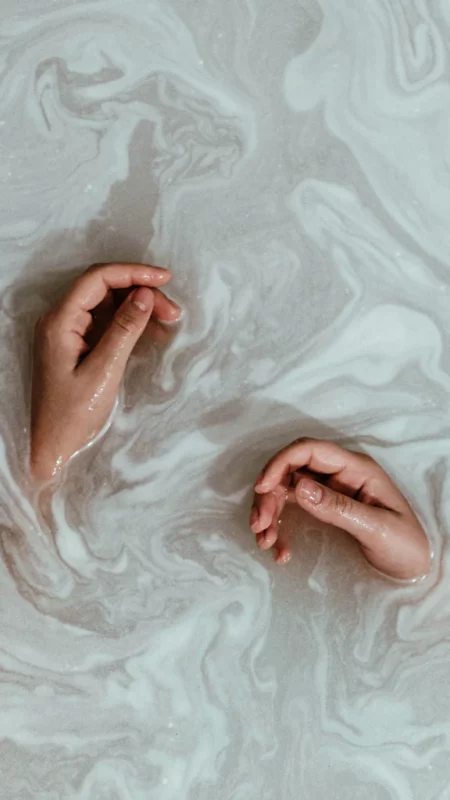
-
Compresses
Often underestimated, wet cloth compresses soaked in essential oils and water can provide comfort and relief from a variety of health concerns.
Standard Dose: 10 drops in 4 oz. of hot water. Soak the cloth and wrap.
Benefits: Bruises, wounds, muscular aches and pains, dysmenorrhea, skin problems
-
Facial Steam
Using these highly concentrated plant medicines in a face steam is a simple yet effective self-care ritual for healthier skin, opening the sinuses, and other benefits.
Standard Dose: Combine 1-5 drops of oil with hot water in a pot. Then, cover your head with a towel to steam your face.
Benefits: Opening sinuses, headaches, skin treatment
-
Massage
Pure essential oils are about 70 times more concentrated than the plant itself. Dilutions are typically 2% – 10%. A 2.5% dilution is most often recommended for adults. For children under 12, 1% is generally safe. A 2.5% blend for a 1 ounce bottle of carrier oil is 15 drops of essential oil.
1% blend = 6 drops per oz
2% blend = 12 drops per oz
3% blend = 18 drops per oz
5% blend = 30 drops per oz
10% blend = 60 drops per oz
Benefits: Learn more and try these 8 easy steps for a lymph drainage self-massage.
-
Direct Palm Inhalation
Caution: This method of use should only be done with oils that can be safely applied to the skin (read more about toxicology and safety here). Apply 1-2 drops of oil to the palms, rub together gently, and inhale deeply. This method is excellent for a quick and easy exposure to the anti-microbial properties and other therapeutic uses of essential oils.
-
Diffusers
CANDLE DIFFUSERS
Typically a heat-resistant vessel for waterand essential oils, and a heat-resistant platform that holds the vessel over a small candle.
Advantages: Very simple to use; provides light background fragrancing.
Disadvantages: Does not produce strong concentration for therapeutic benefits.
ELECTRIC HEAT DIFFUSERS
Small absorbent pads are placed inside a heating chamber with ventilation that allows the aromatic compounds to evaporate into the surrounding air.
Advantages: Easy to use; minimal maintenance; can diffuse thicker oils.
Disadvantages: Heat can alter some aromatic compounds.
COOL AIR NEBULIZING DIFFUSERS
A system that uses air pressure generated by a compressing unit to vaporize the essential oils. A glass nebulizing bulb serves as a condenser, allowing only the finest particles of the essential oil to escape into the air.
Advantages: Strong diffusion maximizes therapeutic benefits in respiratory conditions.
Disadvantages: Diffusers need to be cleaned regularly. More viscous oils cannot be diffused (such as sandalwood oil or ylang-ylang oil).
Electric heat and cool air nebulizers can be purchased with timers to produce intermittent diffusion. This reduces the amount of oil consumed and prevents over-saturation in a room.
This article was written by
David Crow L.Ac.
A distinguished pioneer in plant medicine, an acupuncturist, an Ayurvedic practitioner, and an expert in aromatherapy, David has spent over three decades as a clinician, consultant, researcher, and educator. His extensive travels have allowed him to study traditional medicinal systems in depth. He is the author of four books, including ‘Plants That Heal’, ‘In Search of the Medicine Buddha’, and ‘Sacred Smoke’. David, who co-founded Floracopeia and was its former owner, currently offers consultations and holds the position of Chief Aromatic Officer at Anima Mundi Herbals.

David Crow
Co-founder Floracopeia


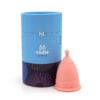
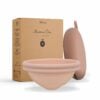



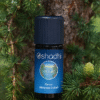



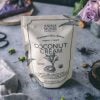



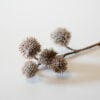

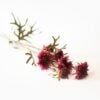


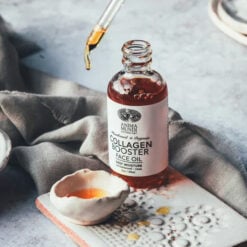
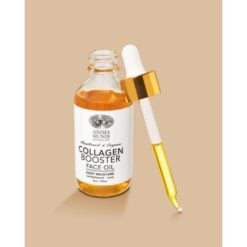
 Respiratory
Respiratory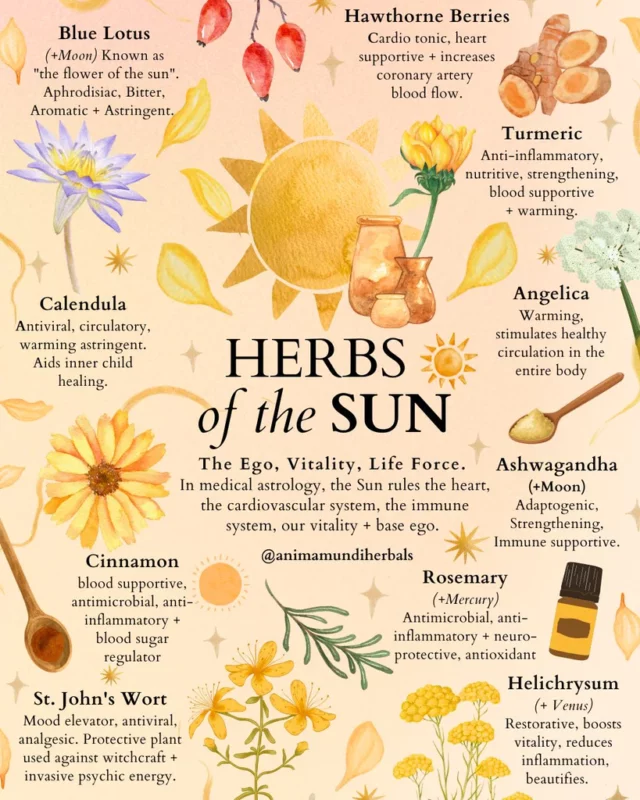 Compresses
Compresses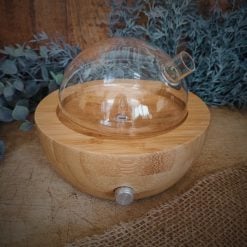
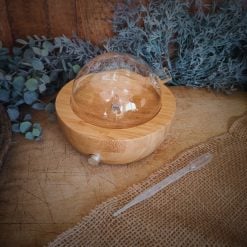
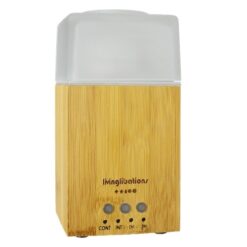
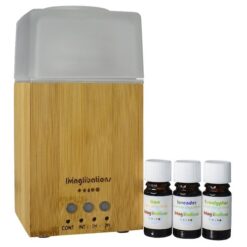



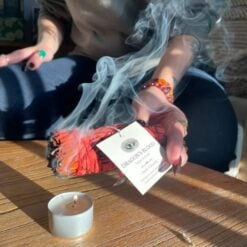




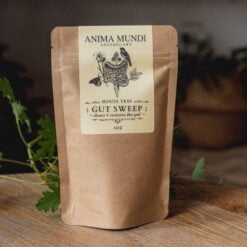


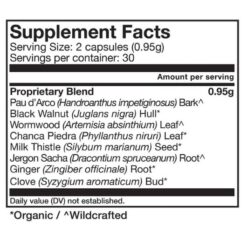


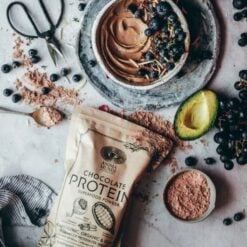

 Beauty Products
Beauty Products By Skintype
By Skintype Brands A-Z
Brands A-Z Wellness
Wellness Health / Nutrition
Health / Nutrition